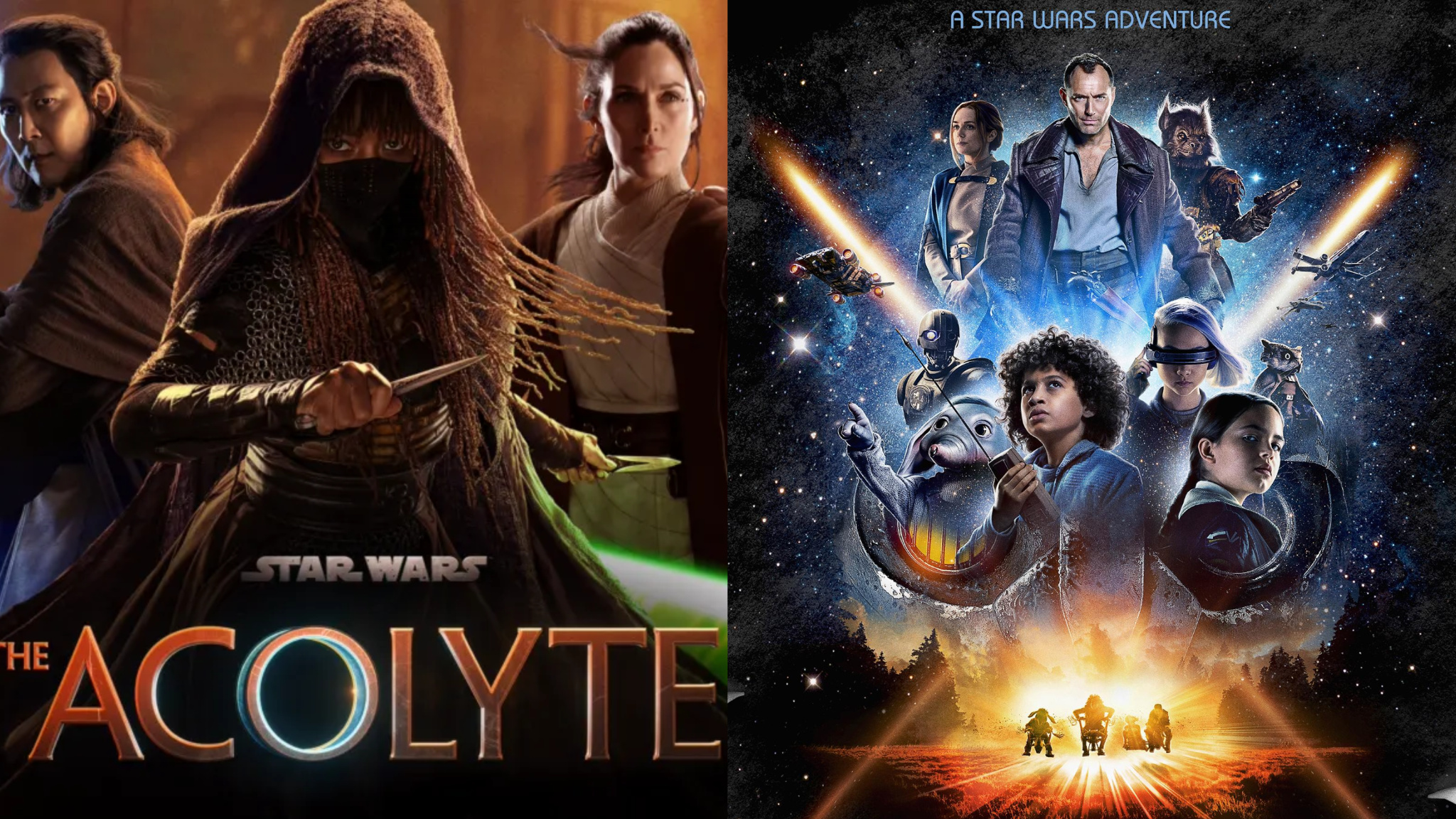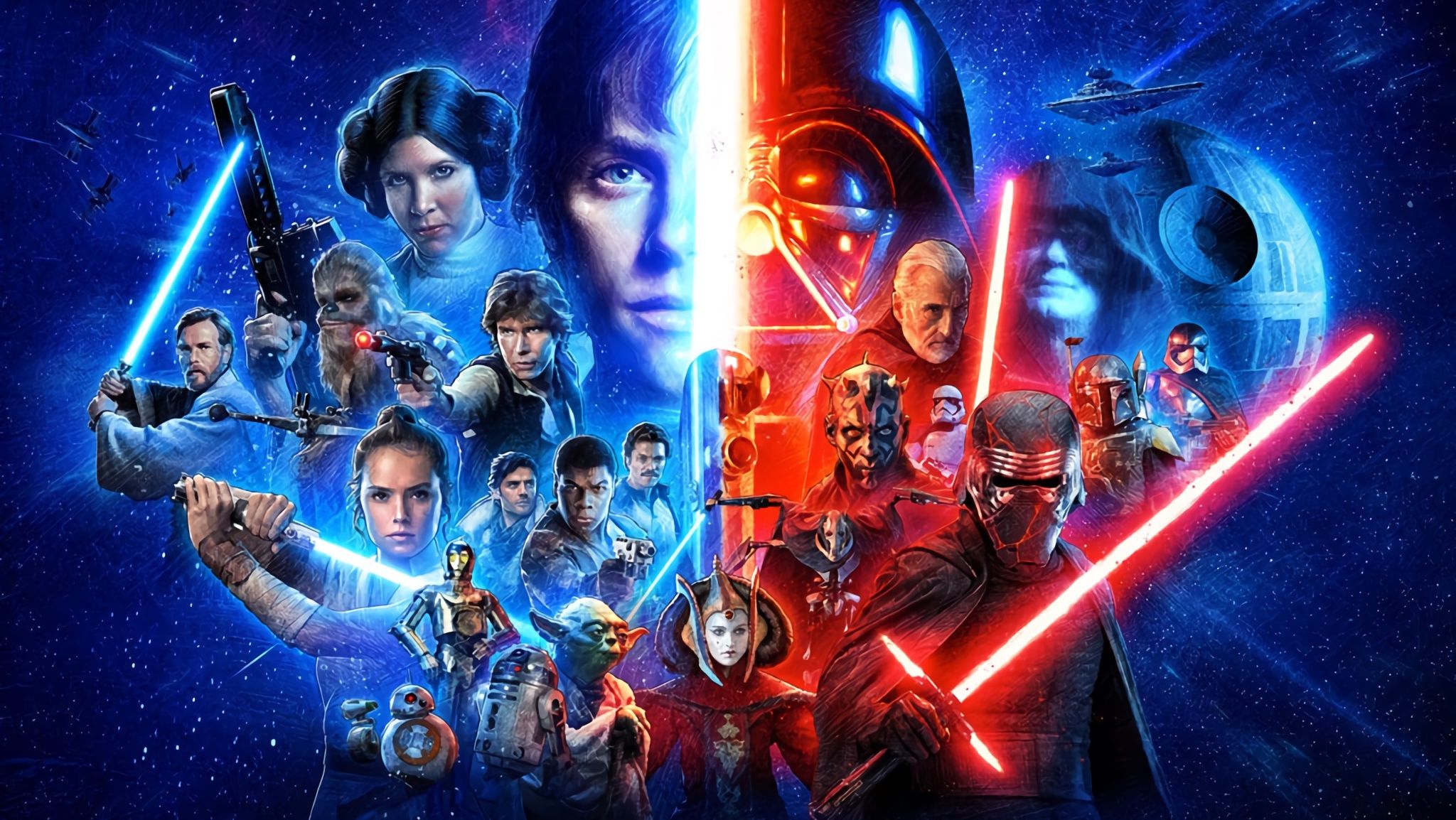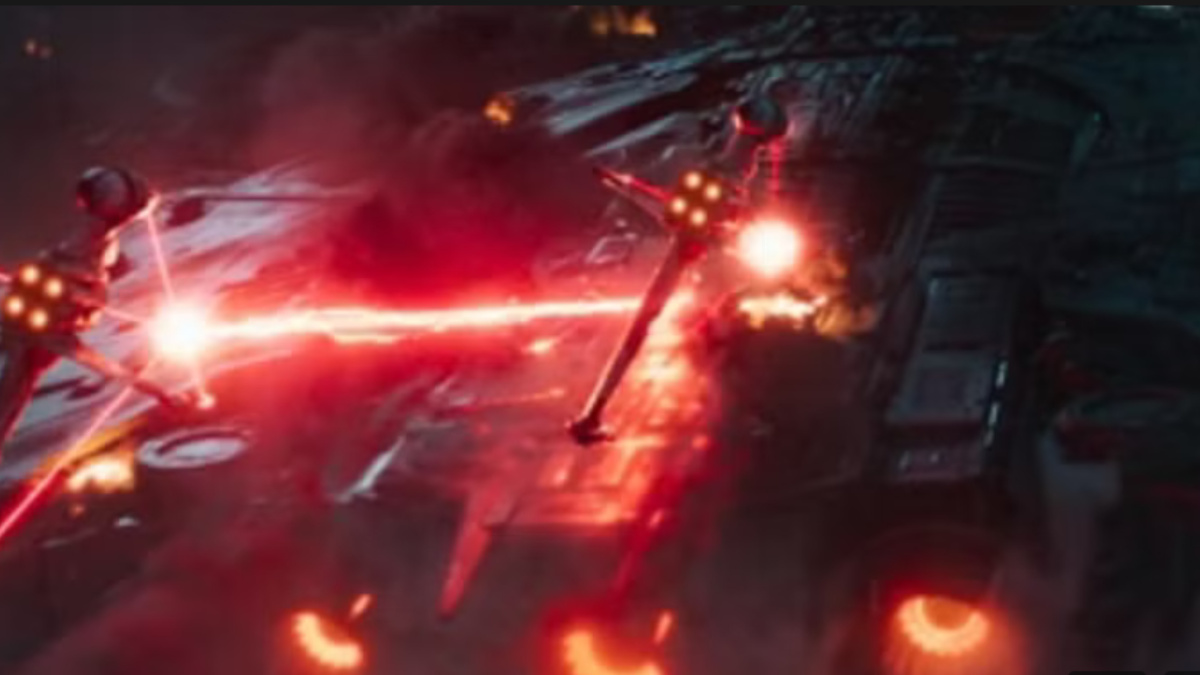
Back in 2012, Lucasfilm was purchased by Disney, giving them control over one of the most treasured elements of nerd culture: Star Wars. Over the past 12 years, enthusiasts have been treated to five new films and a variety of streaming series. There’s been an abundance of comics, novels, toys, t-shirts, video games, and more. It’s a fantastic era for Star Wars fans, as there’s more content available now than ever before. Admittedly, the old Expanded Universe, which had been the backbone of Star Wars since the 90s, is no longer canon, having been reclassified as Star Wars Legends. Yet, fans have received a wealth of new material to take its place. Still, there are turbulent times in the galaxy far, far away.
The sequel trilogy of movies didn’t get uniformly positive feedback, the standalone film “Solo: A Star Wars Story” flopped at the box office, and while productions like “Rogue One: A Star Wars Story,” “The Mandalorian,” the last season of “Star Wars: The Clone Wars,” and “Star Wars: The Bad Batch” have had significant successes, a number of fans are generally dissatisfied with Star Wars overall. Star Wars faces a challenging future, with two potential directions that could both lead to disaster.
Star Wars Has Failed Both by Playing to Nostalgia and by Trying to Forge a New Path

Disney shelled out a staggering $4 billion for Lucasfilm. Needless to say, this was a hefty sum and they aimed to recoup their investment. They chose to play it cautious, as evidenced by the massive response to the first trailer for Star Wars: The Force Awakens. Essentially, this film served as a compilation of Star Wars’ most iconic moments, drawing heavily from the original trilogy. Scenes and themes were directly lifted, the galactic conflict was reintroduced in a similar format to the original trilogy, and new characters were based on familiar tropes. Despite some fans expressing hope that future films wouldn’t simply rehash previous content, it was incredibly successful.
It’s common knowledge that the reception for “Star Wars: The Last Jedi” didn’t match up to “Star Wars: The Empire Strikes Back”. Despite not being the sequel fans had hoped for, it wasn’t completely unlike Star Wars. Some criticized its departure from tradition, but in essence, it remained true to the franchise. However, the criticism and backlash against it, as well as its unconventional script, led Disney to revisit nostalgia, resulting in “Star Wars: The Rise of Skywalker”. Interestingly, even before “The Rise of Skywalker”, “Solo” had underperformed at the global box office, suggesting that perhaps Star Wars’ earning power was not as strong as it once was.
In the initial installments of the subsequent trilogy, we got a glimpse of where Star Wars was headed in the upcoming years. “The Force Awakens” leaned heavily on nostalgia, relying heavily on past elements, but was criticized for being shallow and more about financial success than storytelling depth. Conversely, “The Last Jedi” broke away from traditional Star Wars tropes, sparking controversy among fans who felt it strayed too far from the original essence of Star Wars. Disney has been oscillating between these two extremes, producing series like “Star Wars: Ahsoka”, “Star Wars: The Book of Boba Fett”, “Star Wars: Obi-Wan Kenobi” and “The Mandalorian” that cater to nostalgia, while also venturing into more innovative territories with shows like “Star Wars: Andor” and “Star Wars: Skeleton Crew”.
2024 and 2025 witnessed Star Wars taking two distinct paths. On one hand, we saw the introduction of “Star Wars: The Acolyte“, a series set during the High Republic era, which predates the prequels and incorporates elements from the expanded universe (Legends) in subtle yet complex ways that might not be immediately apparent to casual fans. This show revolved around the age-old conflict between the Jedi and the Sith, a battle that has always been central to Star Wars lore, and featured numerous lightsaber duels. Despite high expectations, this wasn’t the resounding success one might have anticipated.
In essence, the main issue with “The Acolyte” was that the writing and performances often fell short of their potential, except for Lee Jung-Jae as Master Sol, who delivered a commendable performance despite learning English specifically for this role. Actors such as Manny Jacinto as Qimir, Jodie Turner-Smith as Mother Aniseya, Dafne Keen as Jecki Lon, and Charlie Barnett as Yord Fandar gave noteworthy performances. However, most of the acting was lackluster at best. The script attempted to present familiar concepts from Legends, like the Jedi’s oppression of other Force-wielding groups, but failed to execute them effectively while also being generally weak in overall quality.
Star Wars: Skeleton Crew shares a resemblance with The Goonies and Stand by Me, as it revolves around a group of youngsters navigating the galaxy, encountering pirate gangs in their journey home, rather than mirroring the original trilogy or prequels. Unlike other Star Wars productions, Skeleton Crew avoided relying on nostalgia; instead, it creatively employed the Star Wars universe to tell a unique tale. Contrasting with The Acolyte, Skeleton Crew successfully concluded its narrative, delivering an engaging story using the enigmatic approach of mystery box storytelling. In essence, it drew inspiration from various eccentric elements found in Star Wars Legends, utilizing diverse locales as a means to remind viewers of the Star Wars universe.
While Andor stands out as a groundbreaking series exploring how fascism impacts its characters, Skeleton Crew distinguishes itself from typical Star Wars narratives. It avoids the familiar tropes that sometimes draw criticism when overused. Unfortunately, instances where it did conform to these conventions were met with disfavor by some viewers. Remarkably, although most people who watched The Acolyte seemed to enjoy it, Skeleton Crew still experienced relatively low viewership on Disney+ compared to other Star Wars projects.
It’s clear that there’s a dilemma here, as both hardcore and casual Star Wars fans have their concerns. On one hand, when the franchise leans heavily on nostalgia, longtime fans feel it’s repetitive. On the other hand, when it attempts to create new stories while using Star Wars more as a backdrop than a set of familiar elements, less committed fans lose interest. It seems challenging to please everyone in the current landscape of geek media, where established fans crave novelty and casual fans prefer the comfort of the familiar. So, the question remains: how can Star Wars strike a balance that appeals to both groups? What’s the key to making everyone happy?
Star Wars Needs to Keep Going in Both Directions

Disney is among the largest global entertainment conglomerates, often leading the pack in terms of financial might. The Walt Disney Corporation boasts a substantial war chest. While art for art’s sake may not always align with commerce, it’s the reality we find ourselves in today. Disney didn’t acquire Star Wars with artistic excellence in mind; their primary objective was financial gain. They could have simply maintained Star Wars as the merchandising juggernaut George Lucas created, recouping their investment without much trouble. However, such a strategy wouldn’t have yielded the astronomical profits Disney sought. The only way to achieve that was by producing more Star Wars content.
Disney discovered a unique aspect about Star Wars enthusiasts: They aren’t typical of the fanbases Disney is accustomed to. Star Wars fans are known for being passionate and contentious – some even say no one dislikes Star Wars more than its own fans. This is partially true because these fans have invested so much of themselves into it that when they perceive it as falling short, they express their disappointment vehemently. Their anger seems to stem from a place of deep-rooted love, making it burn even hotter. Disney, in its effort to please everyone (as it often does), underestimated the uniqueness of Star Wars fans, who were never going to be as compliant as average Disney fans.
For Star Wars to continue thriving, Disney must traverse two paths: on one hand, it should nurture a sense of nostalgia by revisiting beloved elements from the saga. The thrill of discovering a hero from an obscure planet in the midst of a galactic conflict mirrors today’s political struggles, providing an engaging and relevant experience. On the other hand, Star Wars ought to explore new territories and showcase its expansive universe by presenting a diverse range of stories featuring characters representing various archetypes embarking on numerous adventures.
As a devoted fan, I’ve come to realize that Disney has the financial freedom to take risks with Star Wars projects, some may not always pan out, but the merchandise remains a cash cow – just consider Baby Yoda as proof! It’s crucial for Disney to keep producing Star Wars content that revisits familiar themes and pushes boundaries. Occasionally, we might get a show like “The Acolyte,” which draws heavily from past stories yet stretches too far, and at other times, we might find ourselves with “Skeleton Crew,” a series that innovatively uses Star Wars in new ways, although it didn’t initially set the world alight, its unique quality will likely leave an enduring impact on pop culture as more fans discover its charm. Both approaches are valid, and for Star Wars to continue surviving and thriving, it needs to traverse both paths.
Read More
- WCT PREDICTION. WCT cryptocurrency
- The Bachelor’s Ben Higgins and Jessica Clarke Welcome Baby Girl with Heartfelt Instagram Post
- AMD’s RDNA 4 GPUs Reinvigorate the Mid-Range Market
- Guide: 18 PS5, PS4 Games You Should Buy in PS Store’s Extended Play Sale
- Royal Baby Alert: Princess Beatrice Welcomes Second Child!
- Chrishell Stause’s Dig at Ex-Husband Justin Hartley Sparks Backlash
- PI PREDICTION. PI cryptocurrency
- SOL PREDICTION. SOL cryptocurrency
- Studio Ghibli Creates Live-Action Anime Adaptation For Theme Park’s Anniversary: Watch
- Is Trump’s Presidency a Game Changer for the US Dollar and Bitcoin?
2025-02-02 17:10